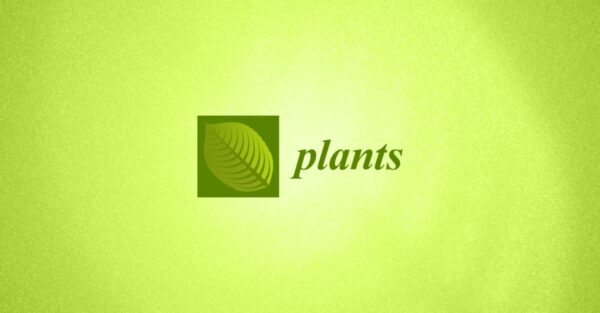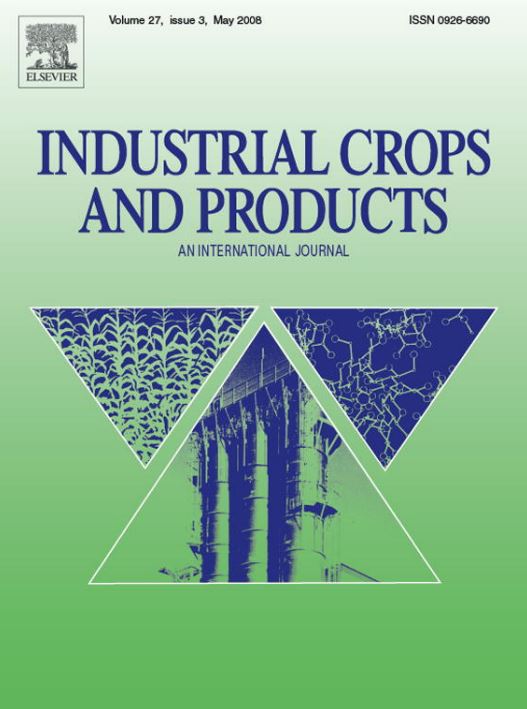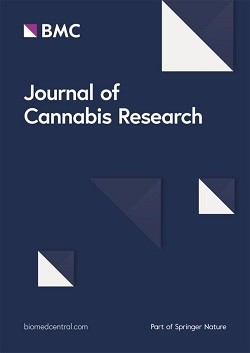Abstract
Light supplementation within the canopy is an effective method to improve light distribution throughout the whole plant, ensuring the inner canopies receive adequate light exposure to maximize overall growth. This approach is gaining interest among cannabis growers looking for more efficient lighting strategies to enhance their valuable production for medicinal purposes. We compared the traditional top lighting (TL) approach with two light supplementation methods: subcanopy lighting (SCL), which adds extra light to the inner canopies from below, and inter-canopy lighting (ICL), providing dedicated light at the basal and middle levels. Both SCL and ICL resulted in a more uniform light distribution throughout the plants and increased the yields of inflorescences, cannabinoids, and terpenes. The ICL treatment achieved the highest yield increases, showing a 29.95% increase in dry inflorescence yield, a 24.4% higher accumulation of THC, and a 12.5% increase in total terpene concentration. Notably, both SCL and ICL reduced the coefficients of variation, yielding more standardized products by decreasing the variability of the dry inflorescences yield, which also had more consistent chemical profiles, with reductions in variability for both THC and total terpene yields of over 50%. Although using more energy for lighting, SCL was more power-efficient for inflorescence and cannabinoid yields, while ICL was more efficient in achieving yield enhancements. In conclusion, adding supplemental light to the inner canopies enhances the profitability of medical cannabis cultivation, resulting in higher yields, improved energy efficiency, and more standardized products for research and medical purposes.




